Situated in the northwestern tip of Sardinia, the island of Asinara is one of the most fascinating islands in the Mediterranean both from a landscape and naturalistic point of view. Its long history as a criminal colony, in fact, has strongly influenced its environment, its architecture and its use.

My photo
Even today, the signs of this long and troubled history are preserved on this strip of land which is one of the most sensational places I have visited.
For this reason I am very happy to present this place within the beautiful competition organized by @girolamomarotta, our legendary and talented Italian representative.
Here you will find all the indications of the contest:
For a long time it was an inaccessible island, and only after the demolition of the prison and the establishment of the National Park in 1997 the island of Asinara was returned to the citizens who could begin to discover this corner of paradise.
This was a very important and demanding decision: rethinking how to use this place is not easy and still today many problems of using the enormous architectural heritage are unsolved.
A little bit of history.
It dates back to 1885 the establishment of the penal colony on the island that will strongly affect the history and landscape of this corner of paradise.
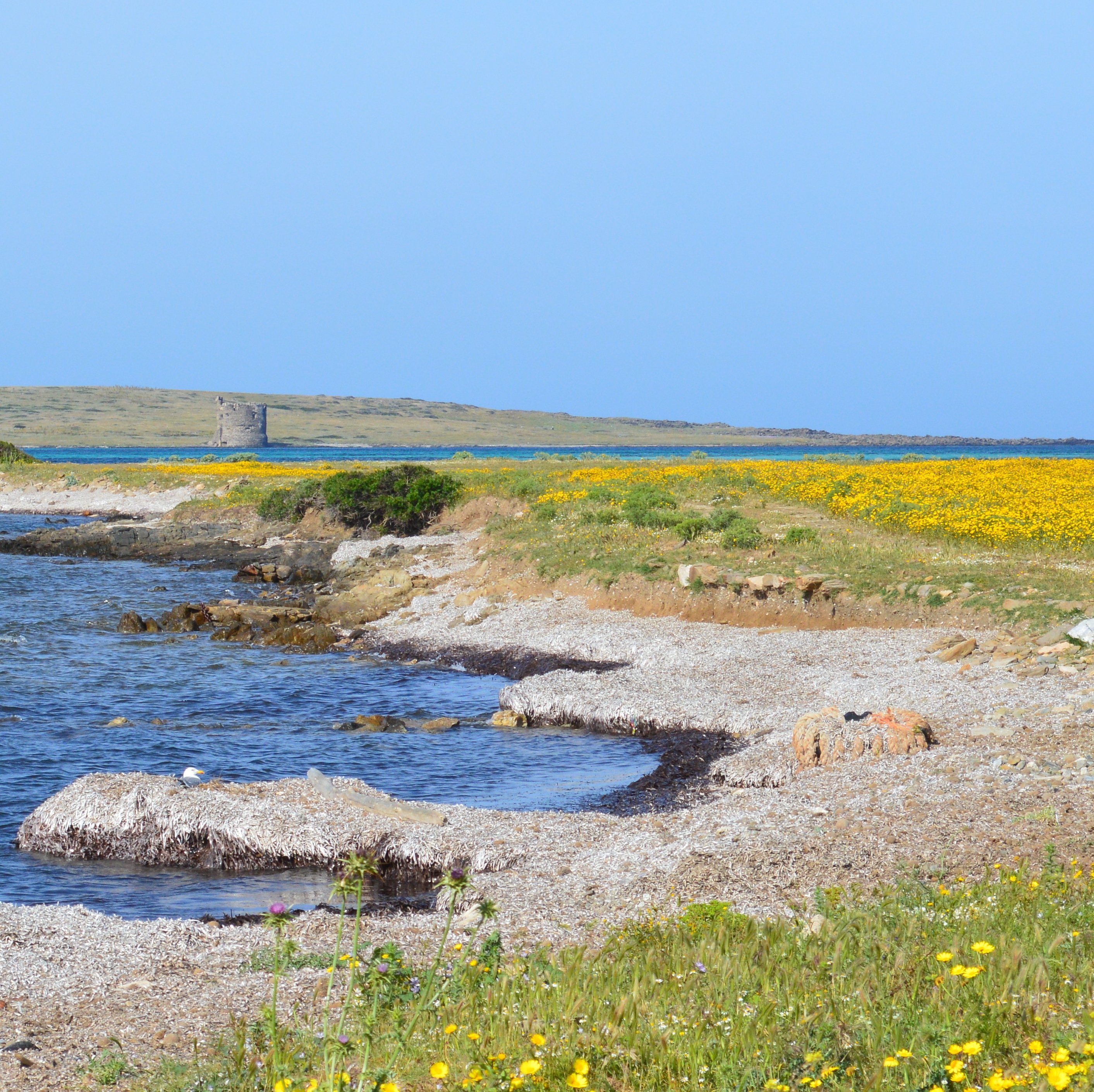
My Photo
On the island there are several prison facilities (called branches) and some small centers (Cala d'Oliva and Cala Reale) where the staff employed in the penal colony and other buildings related to the prison service lived. But there are many architectural testimonies of great interest that we can encounter sparse on the island territory such as chapels, cemeteries .... Churches, farms ... but also ancient watch towers to witness the ancient use of this corner of the Mediterranean.

For many years it was an inaccessible island, and only after the prison was closed and the National Park was established in 1997, the island of Asinara was returned to citizens who were able to start discovering this corner of paradise.
Today the island is practically uninhabited and can be reached from the Port of Stintino or Porto Torres. Visits to the island are possible under the supervision and accompaniment of the National Park guides and not all parts of the coast are accessible for environmental conservation reasons.
On the info section I indicate some links of interest.
My Photo
Its name Asinara recalls the Italian word "donkey" and in fact its white asses are famous, but it is thought that it derives from the Latin "sinuaria", which means "breast-shaped".
The establishment of the penal colony on the island dates back to 1885 and will strongly influence the history and landscape of this corner of paradise. A story full of pain that has left many testimonies on the island that still transmit this feeling today in an environment that today seems almost surreal.
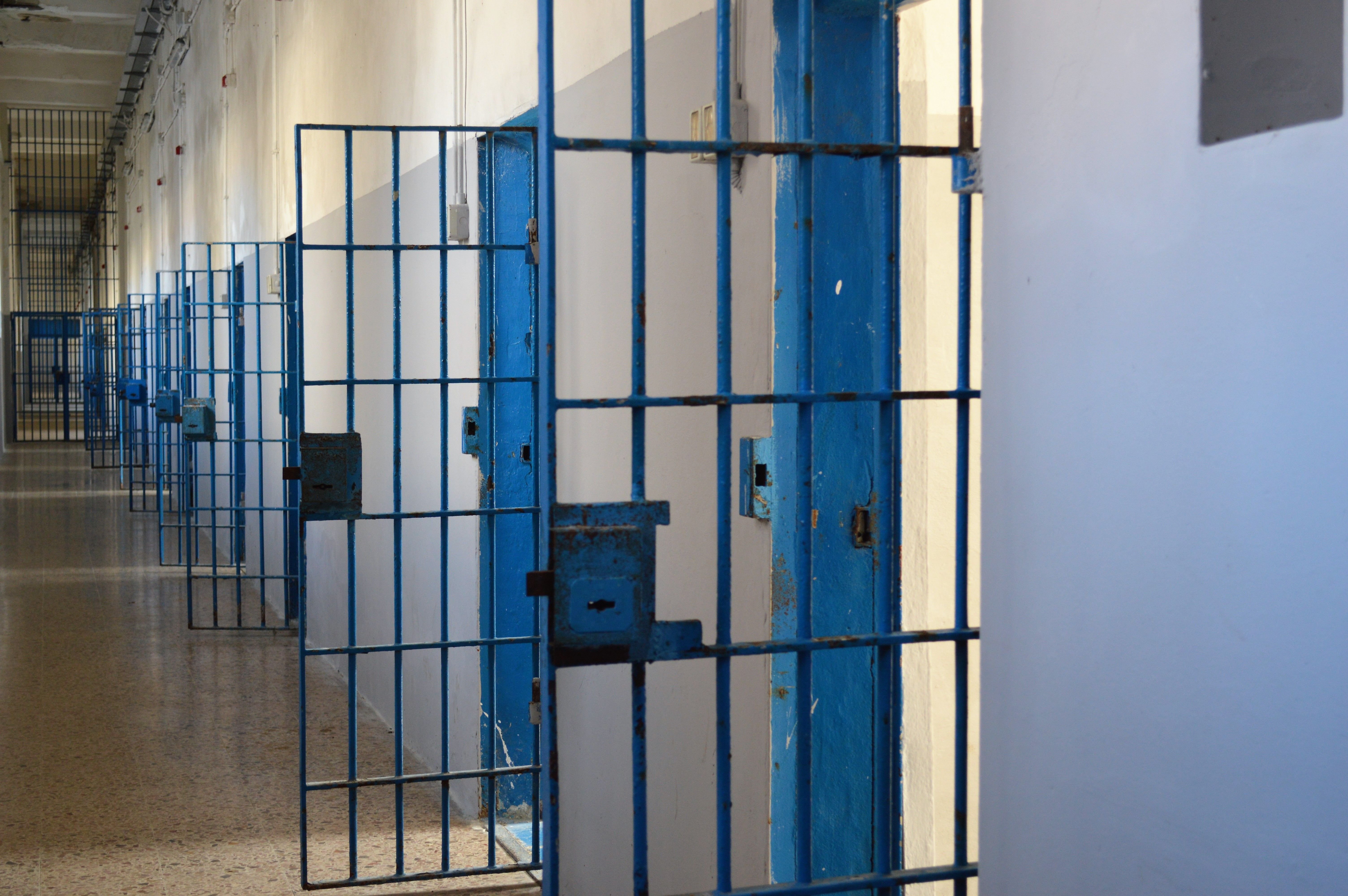
My Photo
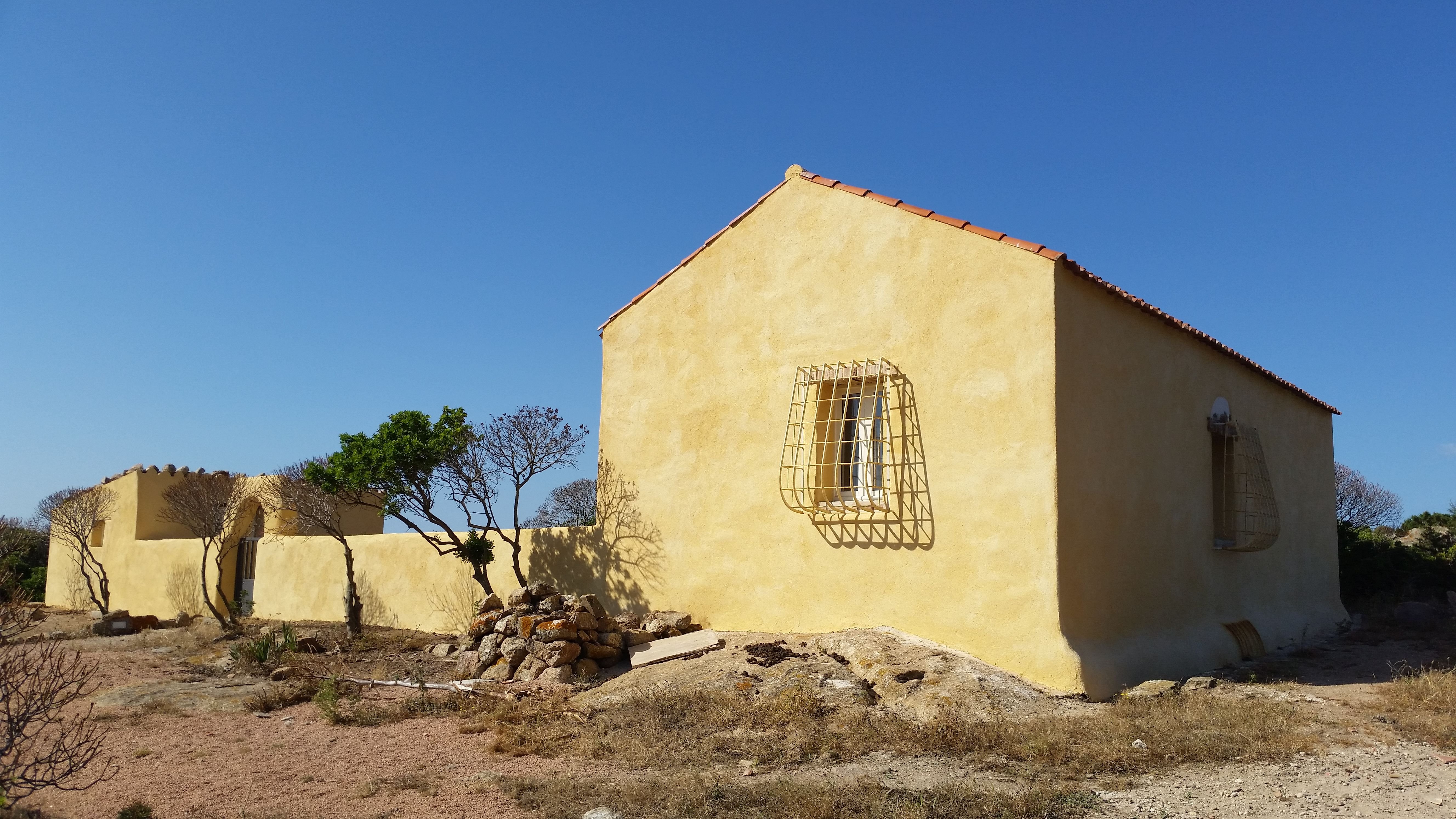
My Photo
One of the most important centers is that of Cala Reale, where the "Sanitaria Station" was erected, which is composed of a series of buildings that were to house prisoners of war in the years 1915-1918 and the health facilities necessary to cope with epidemics very common then.
This sanitized history of the island, today, in the period of Covid-19, takes on truly current implications.
The need for isolation, disinfestation and quarantine, now as then, was the only way to defend against infectious diseases.
Today some buildings have been restored and house some park services but there are still many structures to be recovered. The building stock on the island is truly remarkable and not easy to manage.
My Photo

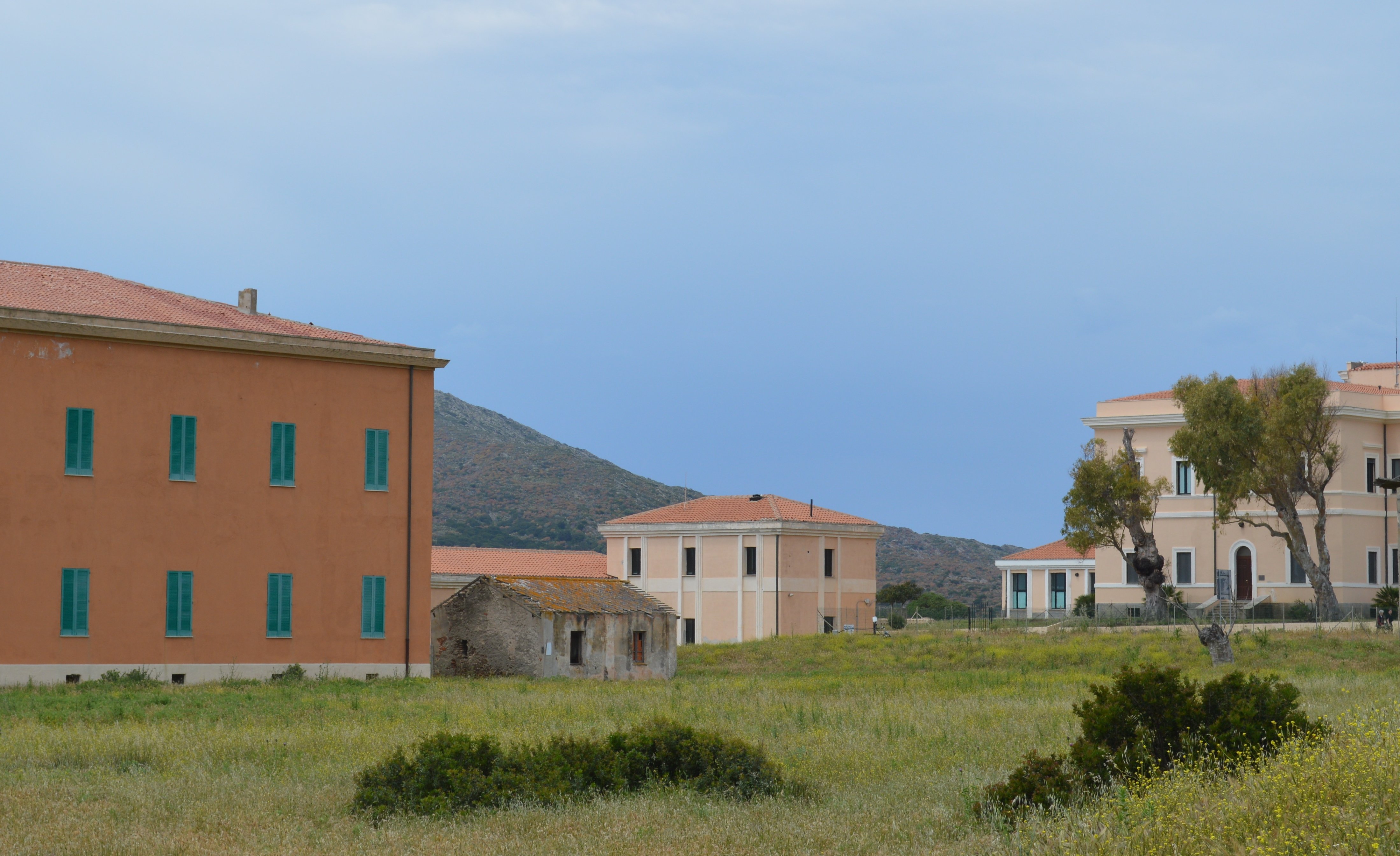
My Photo
The other center of the island is the village of Cala d'Oliva.
This small town is very impressive with its white houses, the church and the ancient watchtower located on the promontory.
.jpg)
My Photo

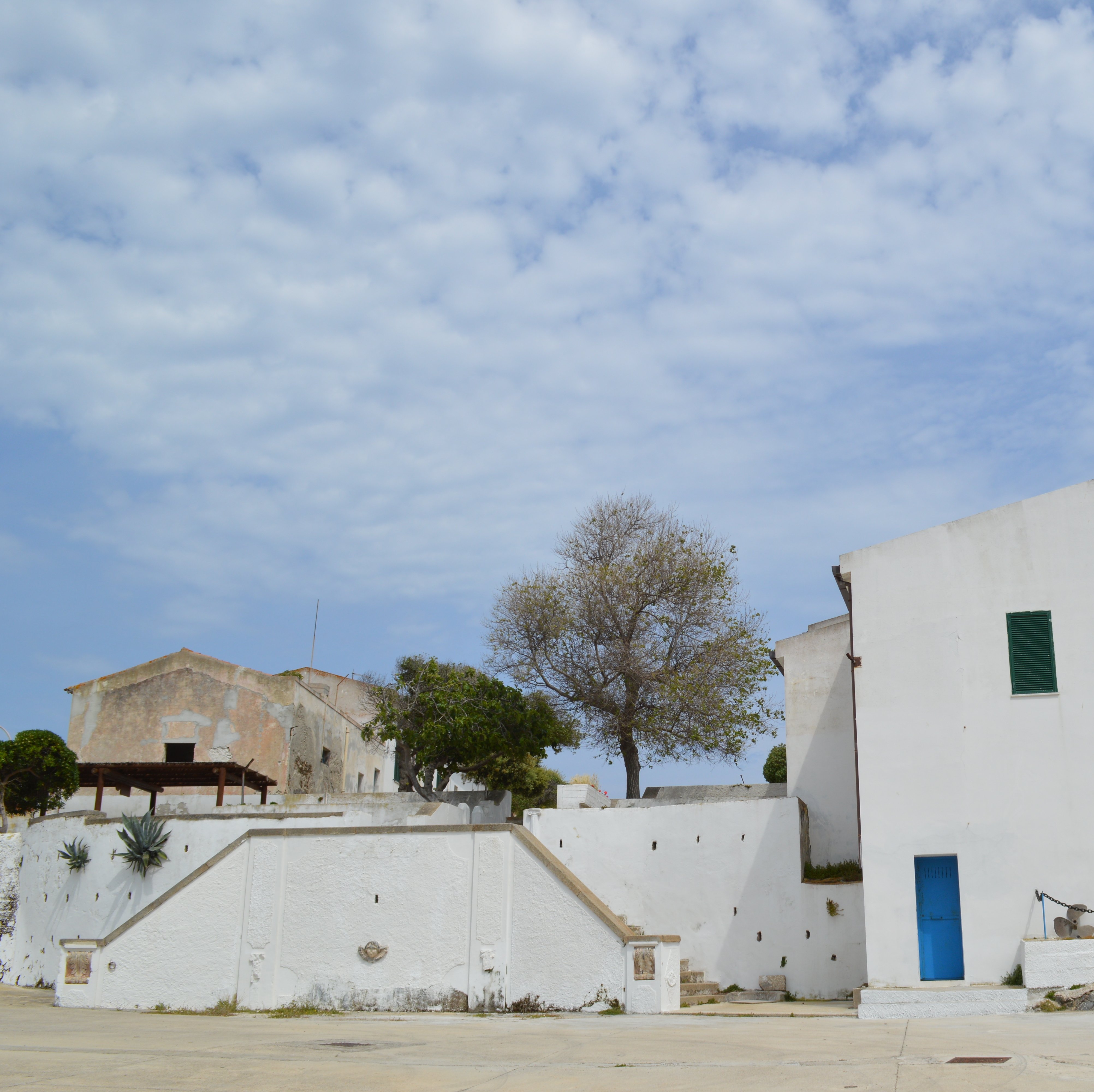
My Photo

In this small center, well preserved and made up of white houses that welcomed the prison guards and their families, there is a hypothesis of a widespread hotel that can accommodate tourists.
Another important historical testimony of Asinara is found in Campu Perdu.
Due to a severe cholera epidemic in 1916, more than 5,000 Austro-Hungarian prisoners died on the island and were buried in mass graves. An ossuary built in the 1930s in Campu Pedru was intended to house the bones of the soldiers.
A very suggestive place of memory.
My Photo

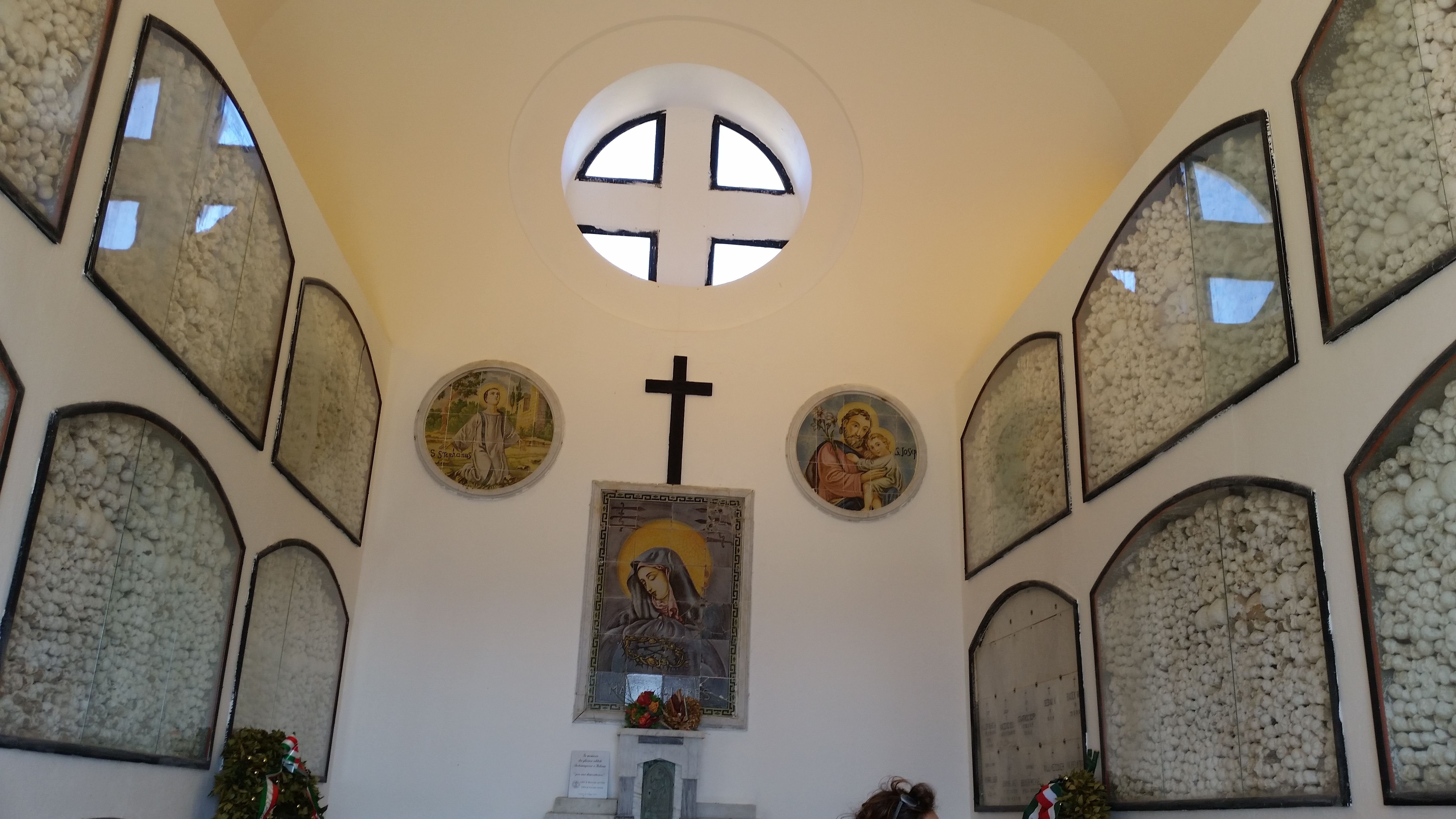
My Photo

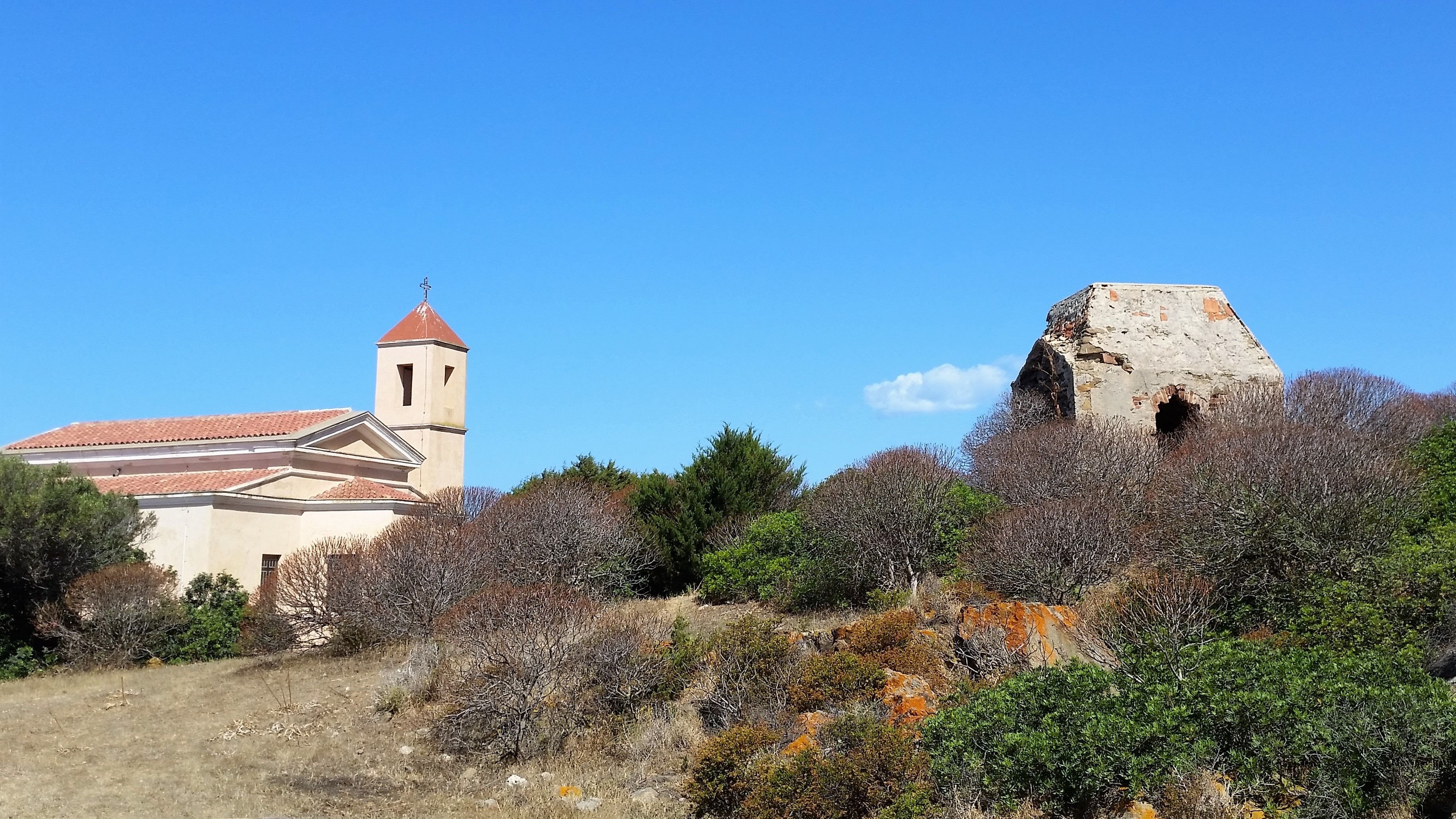
My Photo
After the Second World War, the prison administration regained control of the island, with the agricultural penal colony engaged in the cultivation of cereals, vineyards and cattle breeding and, in the 1970s, a branch of the prison was transformed into a general prison security and intended for prisoners considered to be of particular danger to the state.
Asinara becomes a bunker island which in 1985, for safety reasons, also welcomed judges Falcone and Borsellino and their families. In the house where they lived with their families, a plaque commemorates their thoughts and their sacrifice.
Another very exciting moment in history ....
We can say that in this place very important testimonies of our recent history are found. A real sanctuary in the midst of an extraordinary beauty of the landscape.
My Photo
Finally, after a long time, the history of the prison on the island of Asinara ends and in 1997 the institution of the National Park will hand it over to the citizens who have thus been able to begin to discover this corner of paradise.
But also the vegetation of the island is of great botanical interest and a visit in May is an unforgettable experience between the bright colors of the sea and those of the Mediterranean vegetation. On the island there is an important Sardinian endemism, the thorny cornflower (Centaurea horrida) alongside the more common euphorbia.
A real spectacle for the red-yellow-orange colors it takes on in spring.
.jpg)
My Photo
It happens with great ease to meet along the road or among the abandoned buildings the famous white donkeys that are the symbol of this wonderful island and are happy to be photographed, but also goats and wild boars.
History and nature are the protagonists on the island of Asinara.
But it is the absolute silence that surrounds you as you contemplate this paradise that makes your visit unforgettable.
.jpg)
My Phopto

INFO.
On the island of Asinara, visits with park guides are allowed.
In general it is not possible to sleep as there is only a very small hostel with a few beds. There are also very few restaurants or bars, and only in the centers of Cala d’Oliva.
In practice, there are daily excursions departing from the port of Porto Torres or the nearest Stintino, a renowned tourist center.
Electric cars can be rented to travel the main road that crosses the whole island but many areas cannot be visited.
This is the link of the National park where you can find more info and news.
Thanks for your attention.
All photos are mine
You have the possibility to express your preference for my post by coipying and pasting the following image in a comment. :point_down: Thank you!


steemvote.png
